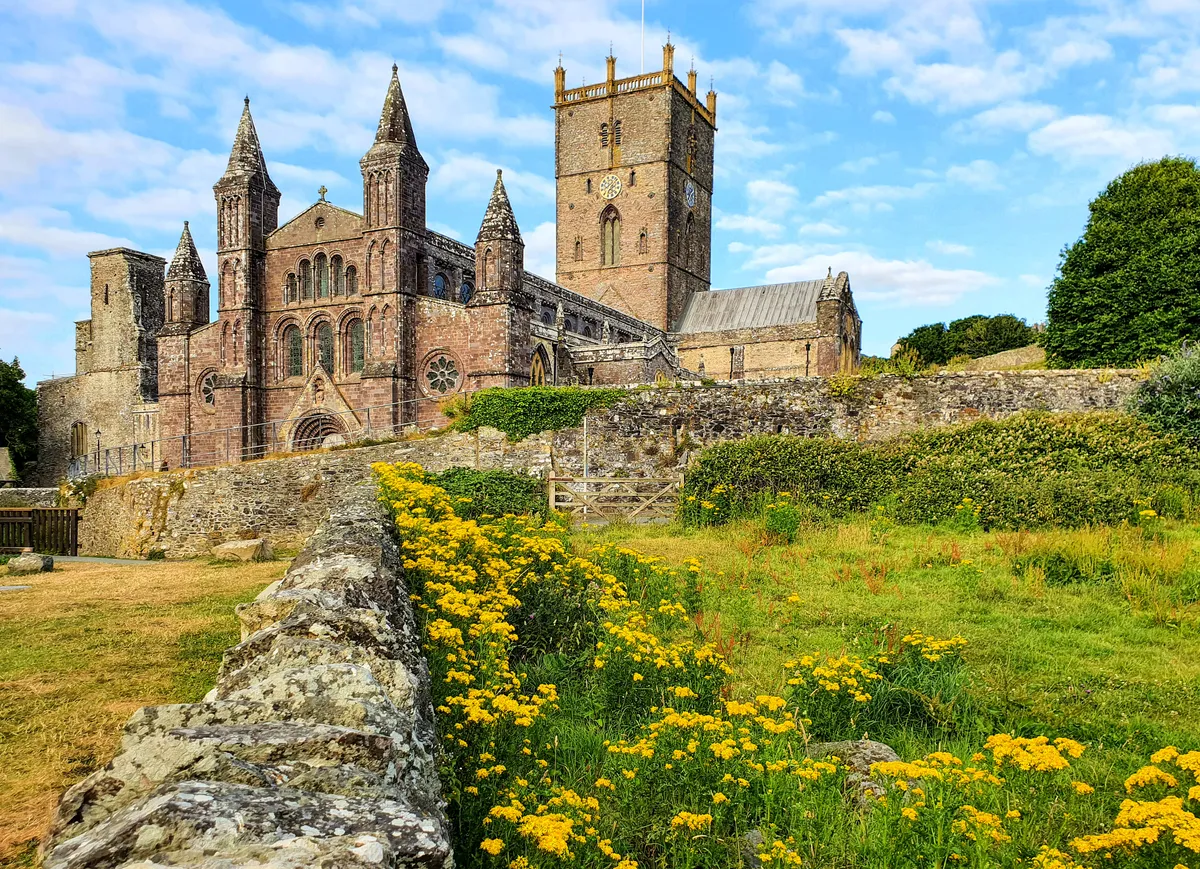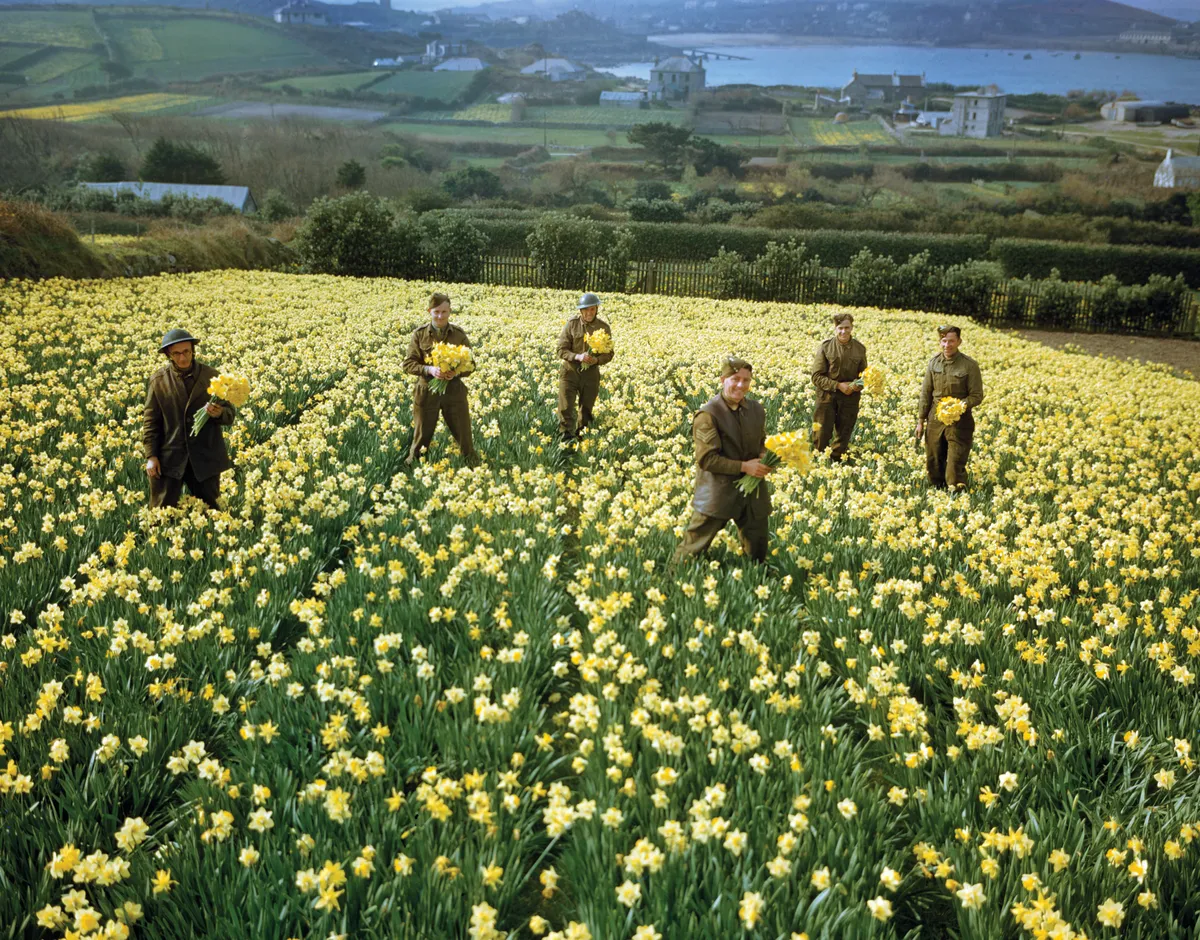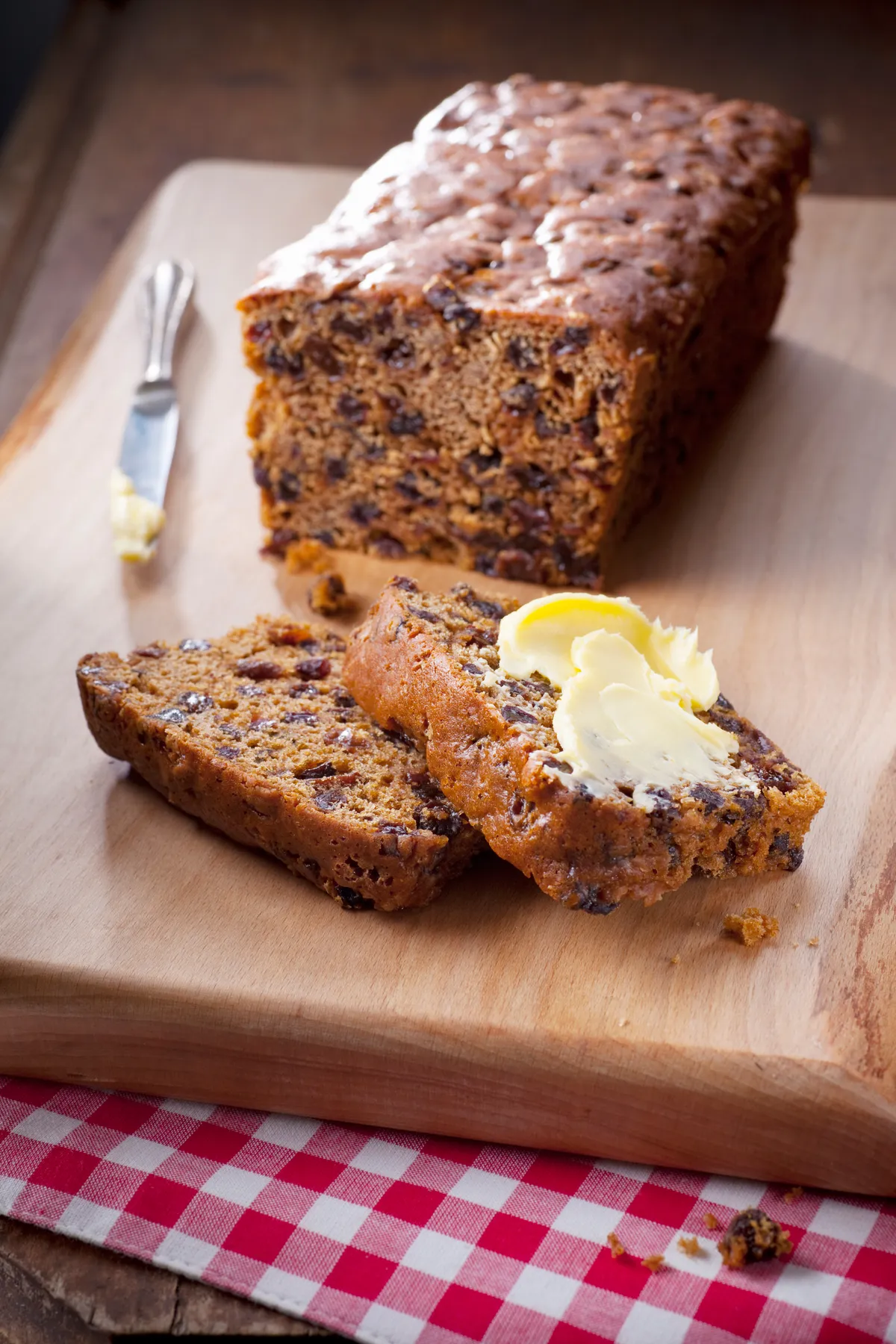Dydd Gŵyl Dewi Hapus – Happy St David’s Day! Celebrate Wales' patron saint and national day with our St David's Day guide, including a brief look at the history of the patron saint of Wales and popular Welsh traditions.
Explore some of the most epic walks in Wales with our pick of fantastic walks in the Bannau Brycheiniog National Park (Brecon Beacons), Eyri National Park (Snowdonia) and Pembrokeshire.
When is St David's Day 2025?
Each year St David's Day is celebrated on 1 March to mark the day St David died in 589 AD. His remains are buried at St Davids Cathedral and his shrine became a place of pilgrimage in the Middle Ages.

Who was St David?
St David – or Dewi Sant – founded religious centres across Wales and England and then lived at St Davids in south west Wales, where he established a religious community and is said to have performed many miracles.
Why is St David's Day celebrated?
St David's Day is a celebration of the patron saint of Wales, as well as a celebration of Welsh culture.
How is St David's Day celebrated?
St David's Day is celebrated with parades (the biggest is held in the centre of Cardiff) and eisteddfodau (festivals of music, poetry and language). School children often go to school in traditional Welsh dress. Traditional foods are eaten, flags are flown, and you'll likely see plenty of Welsh emblems such as the daffodil or leek.
How do you say Happy St David's Day in Welsh?
"Happy St David's Day" in Welsh is "Dydd Gŵyl Dewi Hapus"!

When were daffodils first sold in Britain?
Daffodils of all sizes and shapes have been seen in England since the 17th century; Shakespeare celebrated them as the flower that “comes before the swallow dares”, and bunches of wild blooms were sold by flower girls on the streets of London. However, the farming of daffodils for cut-flower sales did not start until the late 19th century. Find out more in our British daffodil history guide.
- Celebrate St David's Day by going on a daffodil walk

What is Wales famous for?
Castles
Wales contains more castles per square mile than any other country in the world. Take a look at just some of them in our guide to the best castles in the UK.
A spectacular heritage coastline
The Wales Coast Path makes Wales one of the only countries in the world to have a continuous coastal footpath stretching its coastline. Gower National Landscape was designated the UK's first Area of Outstanding Natural Beauty (now National Landscape) in 1956. Wales also has several Dark Sky Discovery sites, including Eryri and Gower National Landscape.
The longest place name in Britain
The Welsh village of Llanfairpwllgwyngyllgogerychwyrndrobwllllantysiliogogogoch (on the Isle of Anglesey) which means: 'St Mary’s church in the hollow of the white hazel near to the rapid whirlpool of Llantysilio of the red cave', is the longest place name in Britain.

Wales doesn't quite hold the title for longest place name in the world, as it is beaten to the post by New Zealand's South Island, where Tetaumatawhakatangihangakoauaotamateaurehaeaturipukapihimaunga -horonukupokaiwhenuaakitanarahu, reaches a whopping 92 letters (it means 'the summit where Tamatea, the man with the big knees, the slider, climber of mountains, the land-swallower who travelled about, played his nose flute to his loved one'.
Mount Everest is named after a Welshman
Mount Everest is named after Welshman Sir George Everest, who was a British surveyor and geographer who served as Surveyor General of India from 1830 to 1843. He was born at Gwernvale, Crickhowel in Powis.
Britain's oldest monastery
The monastery of Bangor-on-Dee, near Wrexham, is the oldest in Britain, and was founded in 560AD.
Traditional Welsh recipe
Sugar-crusted Bara Brith
Is bara brith a bread? Or is it a cake? Some say bara brith is definitely a bread given that, made the traditional way, it is made with yeast and smeared liberally with salted Welsh butter. But others argue that since it’s packed with fruit and takes pride of place at any Welsh tea table, it’s indisputably a cake. Whatever the case, bara brith is delicious.

More UK celebration days and legends
